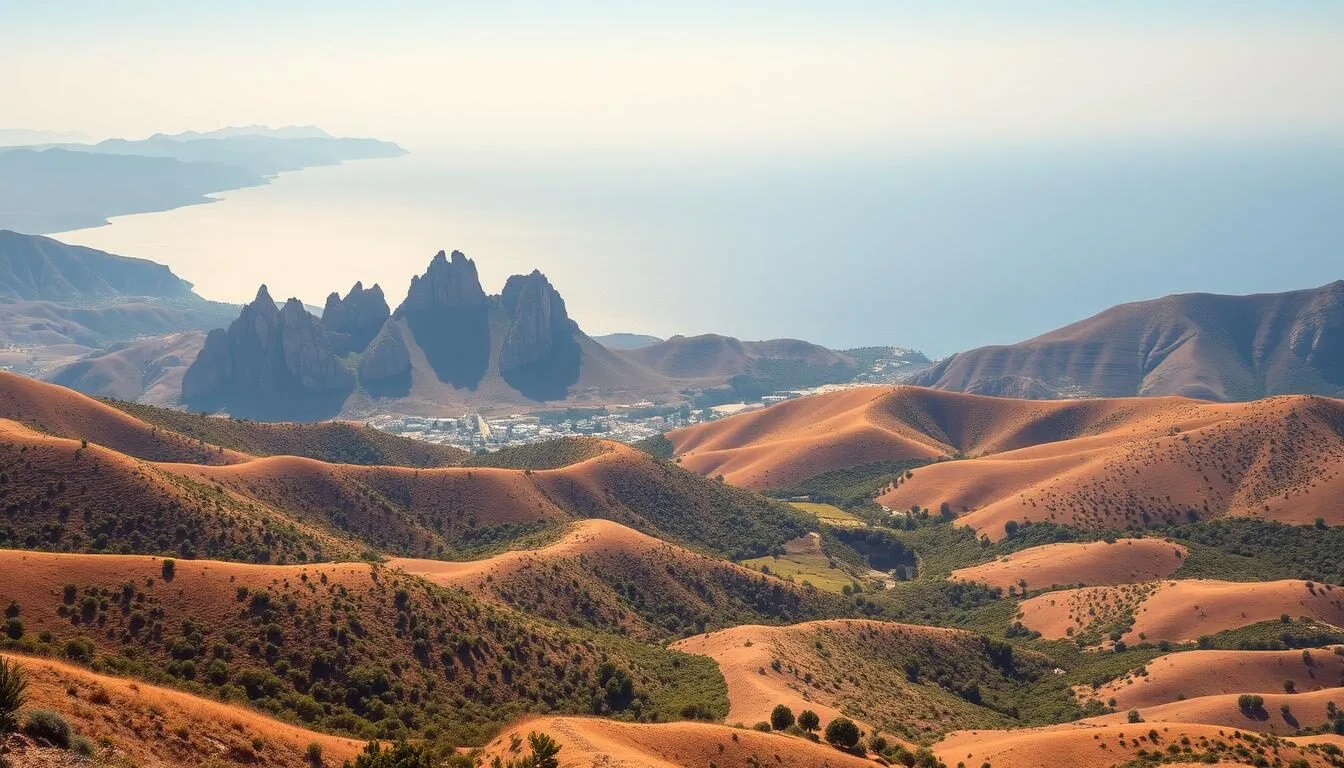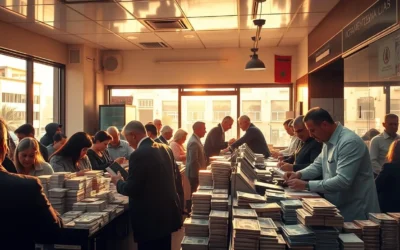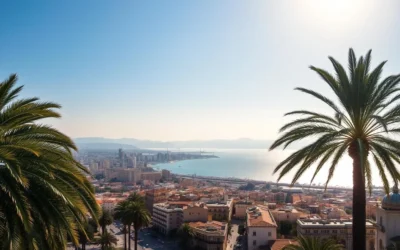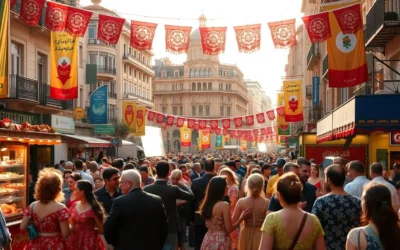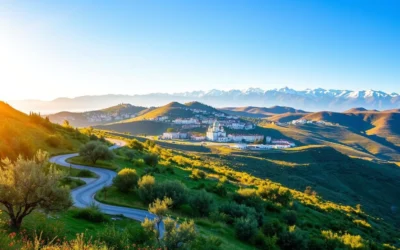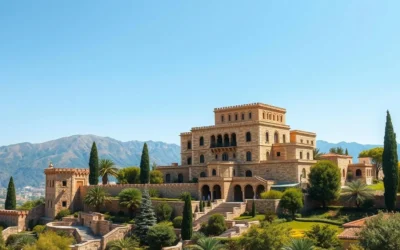✓ Accommodations ✓ Flights ✓ Rental Cars ✓ Tours & Activities
You might be surprised to know that Lebanon, a small country in the Middle East, is a land of incredible contrasts.
Imagine being able to ski in the mountains in the morning and swim at the beach in the afternoon, all within a couple of hours’ drive. This is the kind of diversity that Lebanon offers, making it a captivating destination for travelers.
From the ancient ruins of Byblos and Baalbek to the vibrant nightlife of Beirut, Lebanon is a country that seamlessly blends tradition with modernity.
In this article, we’ll explore the top picks for things to do and places to visit in this incredible country, showcasing its rich cultural heritage and warm hospitality.
Discovering the Pearl of the Middle East
In the heart of the Middle East, Lebanon stands out as a country of contrasts and beauty. This small nation is a melting pot of cultures, with a diverse population that includes Muslims, Christians, and Armenians, among others. The result is a unique social fabric that is both fascinating and welcoming to visitors.
A Land of Contrasts and Beauty
Lebanon’s landscape is characterized by its Mediterranean coastline, snow-capped mountains, ancient cities, and fertile valleys. This diverse geography makes it an ideal destination for travelers who want to experience a variety of landscapes in a short amount of time. You can explore ancient ruins, swim in the Mediterranean, and enjoy world-class cuisine all in one day.
| Aspect | Description |
|---|---|
| Cultural Diversity | Over 18 recognized religions coexist, creating a unique social fabric. |
| Landscape | Mediterranean coastline, mountains, ancient cities, and valleys. |
| History | Influences from Phoenicians, Romans, Ottomans, and French. |
Why Lebanon Should Be on Your Travel Bucket List
Lebanon offers a concentrated travel experience like no other. You can visit ancient ruins, enjoy the local cuisine, and relax on the beach, all within a short distance. The Lebanese people are known for their resilience and warmth, making visitors feel welcome. With its rich history, diverse culture, and stunning landscapes, Lebanon is an underrated destination that offers authentic experiences away from mass tourism.
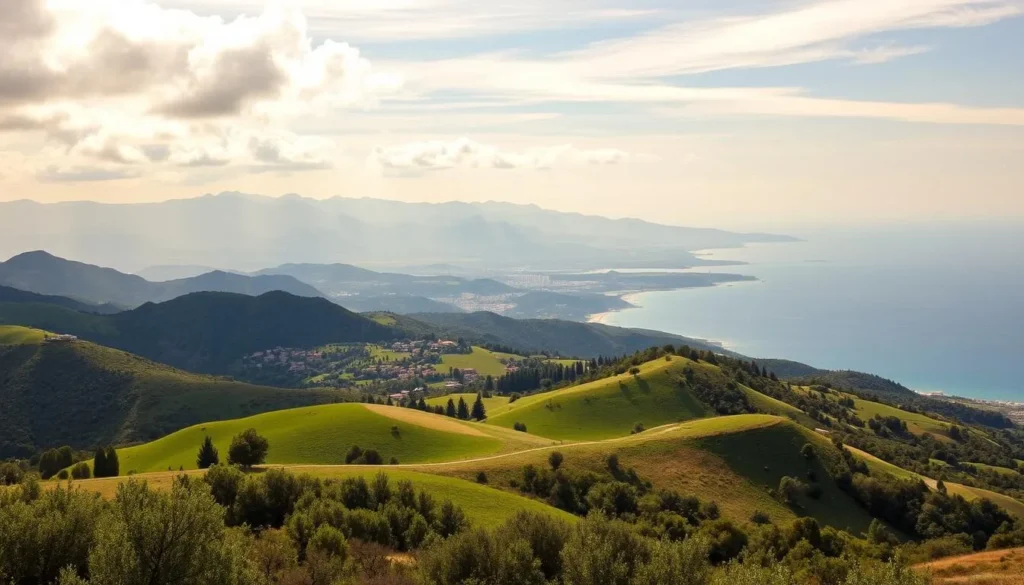
Whether you’re interested in history, culture, or simply exploring new places, Lebanon has something to offer. Its compact size makes it easy to base yourself in Beirut and explore the country. With its unique blend of East and West, Lebanon is a destination that will leave you with unforgettable memories.
Explore the Ancient City of Byblos
Byblos, known as Jbeil in Arabic, is one of the oldest continuously inhabited cities in the world, with a history dating back over 7,000 years. This ancient city is a must-visit destination for anyone interested in history, culture, and archaeology.
A City Steeped in History
Byblos has been a significant cultural and trade center throughout its long history, with various civilizations leaving their mark on the city. Visitors can explore the remnants of these cultures through the city’s many archaeological sites and historical landmarks.
Must-See Attractions
When visiting Byblos, be sure to explore the city’s historic sites, including the Crusader Castle, which dominates the city’s skyline. The Old Souk is another must-visit, offering a glimpse into traditional Lebanese commerce and culture.
Marvel at the Jeita Grotto
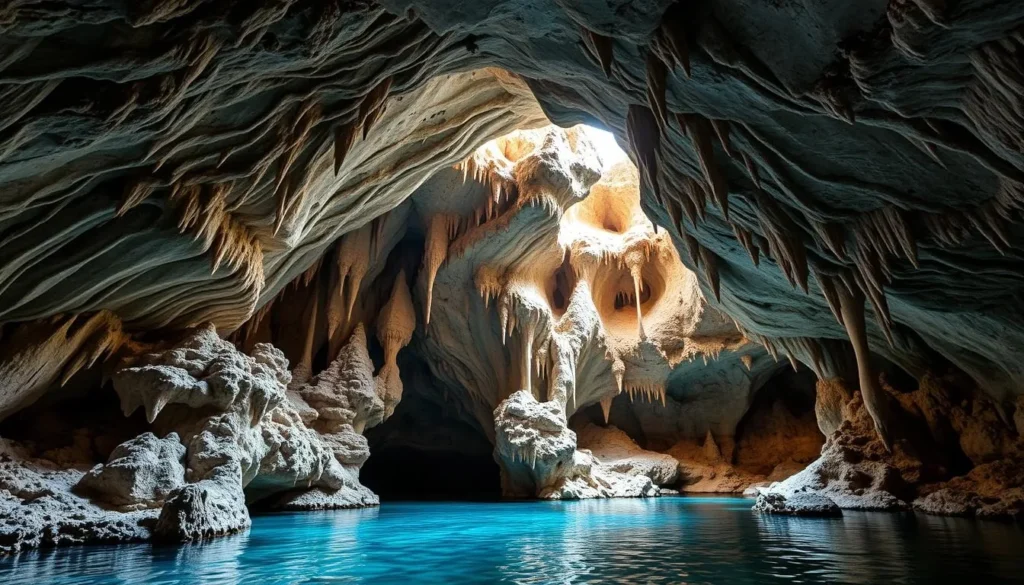
Lebanon’s Jeita Grotto is a spectacular cave system that will leave you in awe. This natural wonder consists of two interconnected limestone caves stretching for nearly 9 kilometers, making it a must-visit destination in Lebanon.
Exploring the Crystallized Caves
The Jeita Grotto offers an unforgettable experience as you explore its upper and lower caves. The upper cave is accessible via a well-maintained walkway, allowing you to marvel at the spectacular stalactites and stalagmites. As you make your way through the upper cave, you’ll be struck by the crystallized formations that have developed over millions of years.
Once you reach the lower cave, you’ll take a boat ride on the underground river that flows through this part of the grotto. This magical experience will transport you to a world of breathtaking beauty, with the sound of gently lapping water against the cave walls creating a serene ambiance.
Practical Tips for Visiting Jeita Grotto
To make the most of your visit to the Jeita Grotto, plan your day trip from Beirut, including arranging transportation and considering nearby attractions to visit in conjunction. The best time to visit is during the spring or fall, when the weather is mild and comfortable.
- Explore the magnificent Jeita Grotto, Lebanon’s natural wonder consisting of two interconnected limestone caves.
- Discover the upper cave with its spectacular stalactites and stalagmites that can be explored on foot.
- Experience the magical lower cave by taking a boat ride on the underground river.
- Learn about the Jeita Grotto’s status as a finalist in the New Seven Wonders of Nature competition.
- Get practical tips for visiting, including the best time to visit and tour options.
By visiting the Jeita Grotto, you’ll not only witness one of Lebanon’s most impressive natural attractions, but you’ll also create unforgettable memories of your journey.
Experience Beirut’s Vibrant Culture
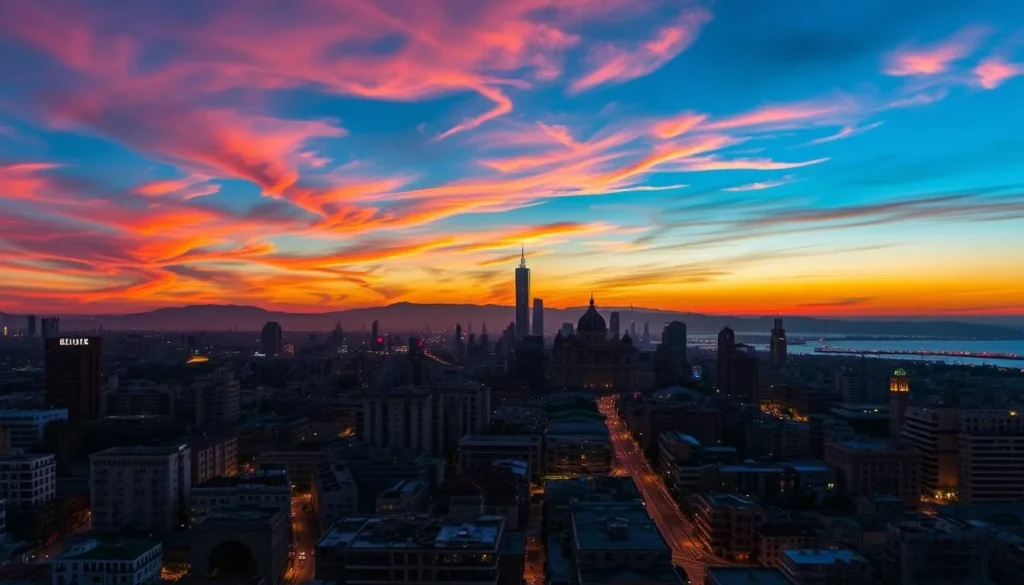
Beirut, a city of contrasts, offers a fascinating blend of traditional and modern attractions. As you explore this vibrant city, you’ll discover a rich cultural heritage that’s shaped by its history, people, and geography.
Walking the Corniche and Raouche
The Corniche, also known as the Raouche, is a picturesque seaside promenade that’s perfect for a leisurely walk or jog. You’ll see locals strolling and socializing while taking in the breathtaking views of the Mediterranean Sea. The iconic Pigeon Rocks are a must-see, and you can grab dinner at one of the many restaurants with spectacular views.
Exploring Beirut’s Historic Districts
Beirut’s historic neighborhoods, such as Hamra, are a treasure trove of cultural and intellectual heritage. You can spend a day exploring the area’s charming streets, visiting historic landmarks, and browsing the local shops and cafes. This is a great place to experience the city’s vibrant culture and meet the friendly people.
Nightlife in Gemmayzeh and Mar Mikhael
As the sun sets, Beirut comes alive with its legendary nightlife. Gemmayzeh and Mar Mikhael are two areas that offer a wide range of bars, clubs, and lounges that stay open until the early hours of the morning. You can enjoy a night out with friends, dancing and socializing until time loses all meaning.
Whether you’re looking to relax during the day or party at night, Beirut has something for everyone. With its unique blend of traditional and modern attractions, this city is sure to leave a lasting impression.
Visit the Roman Ruins in Baalbek
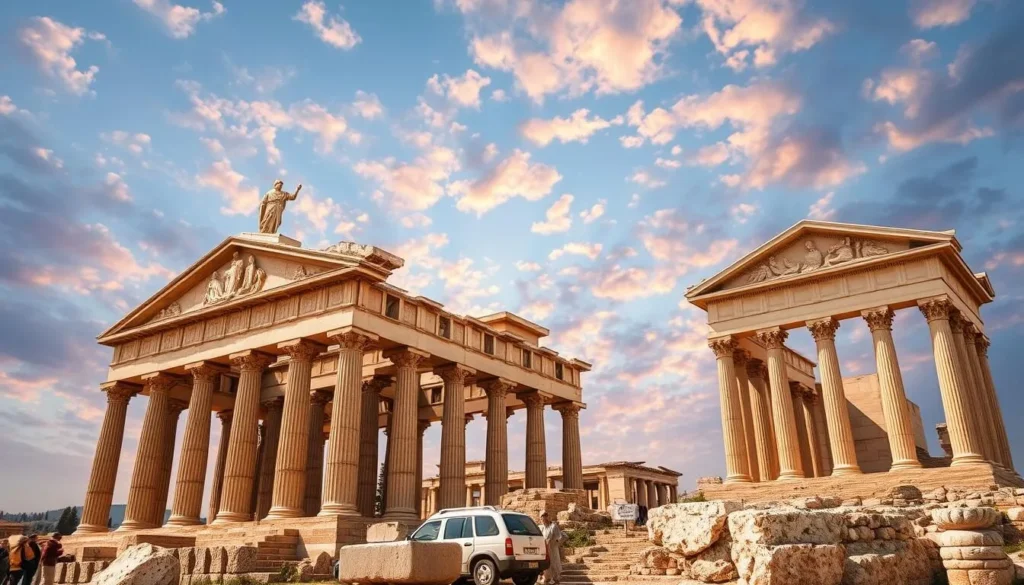
Explore the ancient city of Baalbek, a UNESCO World Heritage site that is home to some of the most impressive and well-preserved Roman ruins in the world. As you wander through the ruins, you’ll feel as though you’ve stepped into the pages of a history book.
Exploring the Temple of Bacchus and Jupiter
The Temple of Bacchus is one of the largest and best-preserved Roman temple ruins in existence, with its 19-meter high columns. The massive Temple of Jupiter, with its remaining six columns that tower 22 meters high, is equally breathtaking. These structures are a testament to the grandeur of the Roman Empire.
As you explore the ruins, you’ll learn about Baalbek’s history as the ancient Heliopolis (“City of the Sun”) and its significance in the Roman Empire. The site is filled with awe-inspiring architecture and rich history, making it a must-visit destination for anyone interested in Roman ruins and history.
Tips for Visiting Baalbek
To make the most of your visit, consider the following tips:
- Plan your day trip to Baalbek from Beirut, including transportation options and security considerations.
- Take a guided tour to get a deeper understanding of the site’s history and significance.
- Visit during the best hours to avoid crowds and make the most of your visit.
- Don’t miss the annual Baalbek International Festival, which hosts performances against the dramatic backdrop of illuminated Roman ruins.
By following these tips, you’ll be able to fully experience the grandeur of Baalbek’s Roman ruins and create unforgettable memories.
Hike Through the Cedars of God
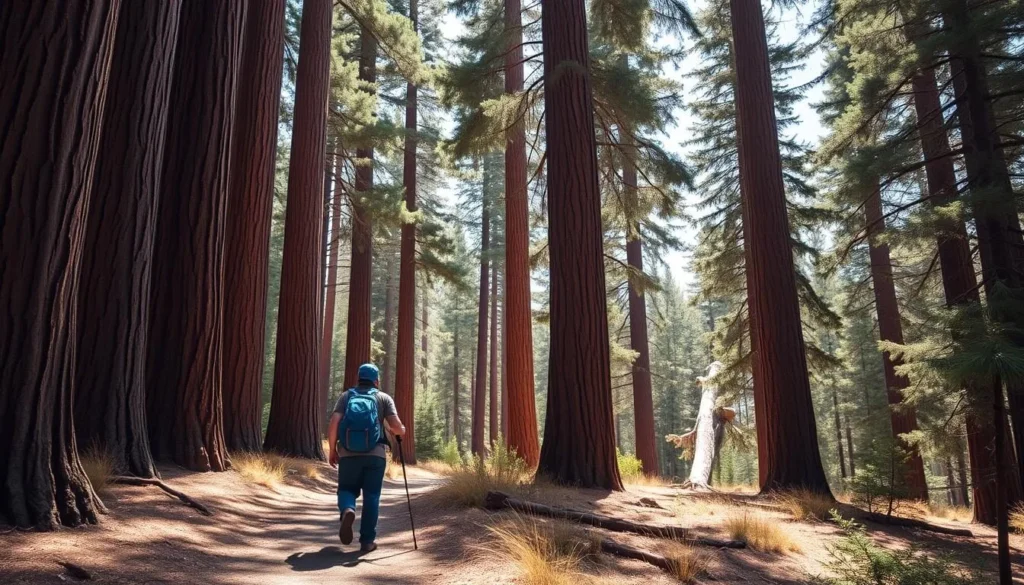
As you venture into the heart of Lebanon, the majestic Cedars of God await, a symbol of the country’s rich history and natural beauty. The cedar tree is Lebanon’s national symbol and appears on the Lebanese flag. Historically, the entire mountain range was covered with these trees, but over the years, they were harvested by various civilizations for their valuable wood.
The National Symbol of Lebanon
The Cedars of God, also known as Horsh Arz el-Rab, are not only a natural wonder but also hold significant cultural and historical importance. These ancient trees, some estimated to be over 2,000 years old, stand as living witnesses to Lebanon’s rich history.
Best Hiking Trails in the Cedar Reserve
You can explore the Cedars of God by hiking through the well-marked trails in the national reserve. A guided tour is available, providing insights into the ecological importance and cultural significance of these majestic trees. As you hike, you’ll breathe in the fresh mountain air and experience the beauty of Lebanon’s mountains.
Key experiences in the Cedars of God include:
- Discovering the ancient forest that serves as Lebanon’s national symbol
- Learning about the historical significance of Lebanon’s cedar trees
- Exploring the UNESCO-protected cedar reserve with some trees over 2,000 years old
- Hiking through well-marked trails with a guide
- Experiencing the beauty of Lebanon’s mountains and fresh alpine air
- Understanding conservation efforts to protect the remaining cedar forests
- Planning your day trip to the Cedars of God from Beirut
Visiting the Cedars of God is a day trip from Beirut that can be combined with nearby attractions in the Qadisha Valley, making for a memorable day in Lebanon’s great outdoors.
Enjoy Lebanon’s Beach Clubs and Mediterranean Coast
Lebanon’s coastline is a treasure trove of natural beauty, rich history, and vibrant culture. With its crystal-clear waters and stunning beaches, it’s the perfect destination for those looking to relax, have fun, or explore.
Top Beach Clubs
Some of the top beach clubs include Lazy B, Jungle Beach, and Pierre & Friends. These clubs offer a range of amenities, including pools, restaurants, and bars, making them the perfect spot to spend a day by the sea.
Coastal Towns to Visit
Some of the must-visit coastal towns in Lebanon include Batroun, known for its historic center and lively atmosphere, and Tyre, with its ancient history and well-preserved archaeological sites.
Water Activities
Visitors can enjoy swimming, snorkeling, jet-skiing, and boat tours along the Lebanese coast. With its clear waters and picturesque coastline, Lebanon is an ideal destination for water sports enthusiasts.
Lebanon: Best Things to Do for Food Lovers
Lebanon is a paradise for food lovers, offering a diverse range of delicious dishes to savor during your visit. Lebanese cuisine is known for its healthy food accompanied by bold flavors, making it a culinary experience you won’t want to miss.
Traditional Lebanese Cuisine You Must Try
When in Lebanon, you must try the traditional dishes that have been passed down through generations. Some popular options include lamb, chicken, fish, hummus, yogurt, and fresh vegetables, all combined with flavorful ingredients like mint, sesame, and lemons. A traditional Lebanese meal typically begins with numerous mezze dishes, followed by main courses and ending with fresh fruits and desserts. Be sure to sample essential Lebanese dishes like hummus, tabbouleh, baba ghanoush, and kibbeh.
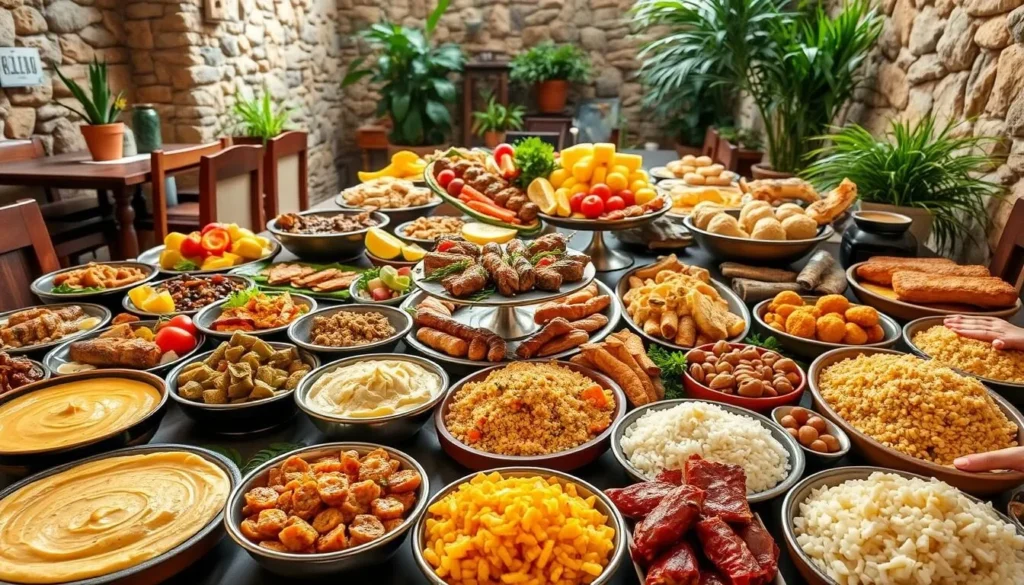
Food Experiences in Different Regions
Lebanon’s regions offer unique food experiences that reflect their cultural heritage. In Tripoli, known as the city of sweets, you can indulge in sweet treats. The Bekaa Valley is renowned for its wine production, offering wine tasting experiences. Meanwhile, the coastal towns serve fresh seafood, making them perfect places to enjoy a meal by the Mediterranean. Visiting food markets like Souk el Tayeb in Beirut allows you to sample regional specialties and meet local producers.
Best Restaurants in Lebanon
To fully experience Lebanese cuisine, dine at the best restaurants in Lebanon, ranging from high-end dining experiences to authentic local eateries serving traditional family recipes. You can also enjoy Lebanese street food favorites like manakish, shawarma, and falafel, which make perfect quick meals during your trip. Whether you’re looking for a fine dining experience or a casual meal, Lebanon has something to offer every food lover.
As you explore Lebanon, you’ll discover why its cuisine is considered one of the world’s most diverse and flavorful culinary traditions. With a rich culinary heritage and a variety of dining options, your food experience in Lebanon will be a memorable one.
Explore the Qadisha Valley and Northern Lebanon
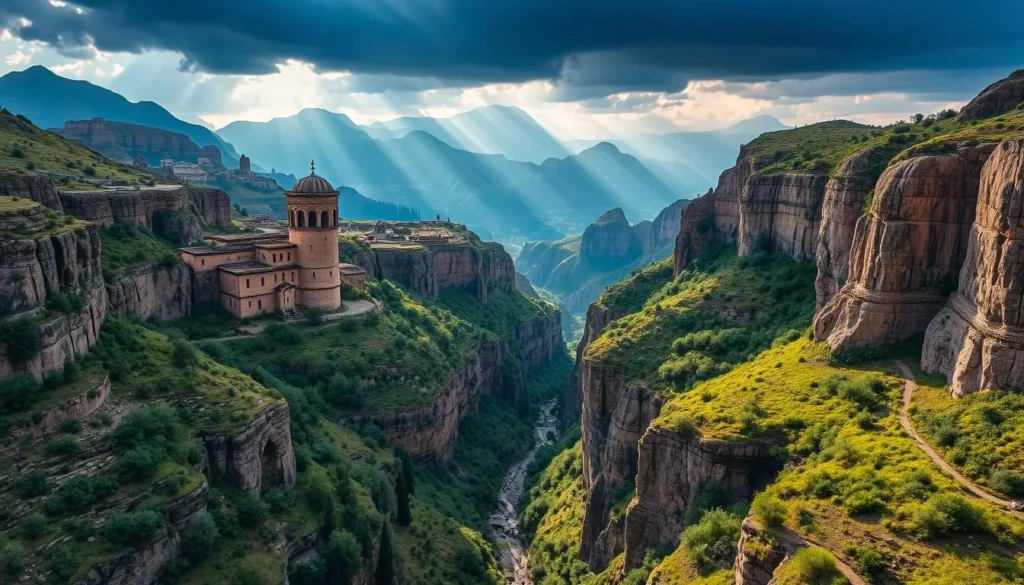
Nestled in the heart of North Lebanon, the Qadisha Valley is a treasure trove of history, spirituality, and natural beauty. This sacred valley, also known as the Holy Valley, is a UNESCO World Heritage site and one of the most important early Christian monastic settlements in the world.
Ancient Monasteries and Natural Beauty
The Qadisha Valley is known for its rugged cliffs and ancient monasteries carved into the rock face. You can explore the Monastery of St. Anthony of Qozhaya, which houses one of the Middle East’s first printing presses. The valley’s dramatic landscape, with its steep cliffs, caves, and lush vegetation fed by natural springs, makes it an ideal place for hiking and exploration.
Day Trips from the Qadisha Valley
There are plenty of opportunities for day trips from the Qadisha Valley. You can visit nearby mountain villages like Bcharré, the birthplace of famous Lebanese-American poet Khalil Gibran, whose museum is a popular attraction. Additionally, you can take a trip to the Cedars of God forest or explore the coastal cities of Tripoli and Batroun.
With its rich history, natural beauty, and tranquil atmosphere, the Qadisha Valley offers a unique experience that is a stark contrast to the bustling energy of Beirut. Whether you’re interested in history, nature, or spirituality, this valley has something to offer. So, plan your day trip to the Qadisha Valley and discover the beauty and significance of this sacred place.
Discover Lebanon’s Wine Country in the Bekaa Valley
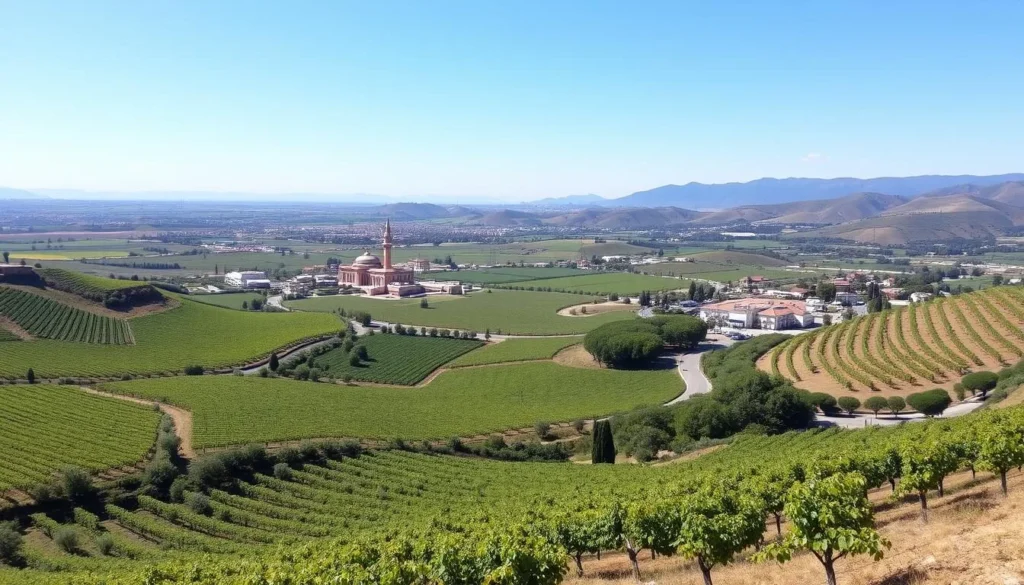
In the heart of Lebanon lies the Bekaa Valley, a region renowned for its exceptional wines and picturesque vineyards that are sure to leave you spellbound. With over eighty wineries, this area is a haven for wine enthusiasts looking to explore the rich wine heritage of Lebanon.
Top Wineries to Visit
Start your wine journey at Chateau St Thomas’, a family-owned winery in the Bekaa Valley, where you can indulge in a chocolate-paired wine tasting experience. Next, head over to Chateau Heritage, owned by the fourth-generation Touma Family, which offers stunning views of the valley. Other notable wineries include Château Ksara, Château Kefraya, and Château Musar, known for producing world-class wines.
Wine Tasting Tours and Experiences
Experience the unique terroir and grape varieties of Lebanon through guided wine tasting tours. You will have the opportunity to taste a variety of wines, including indigenous Lebanese grapes and international varieties, while learning about the wine-making traditions that have been maintained despite regional conflicts. Many of these wineries are located at high altitudes, around 1,000 meters above sea level, creating ideal conditions for producing exceptional wines.
As you explore the Bekaa Valley, you will be treated to breathtaking views of the patchwork vineyards against the backdrop of the Anti-Lebanon mountain range. You can plan your trip with options for guided tours and transportation from Beirut, making it easy to combine winery visits with other attractions in the area.
Visit Our Lady of Lebanon in Harissa
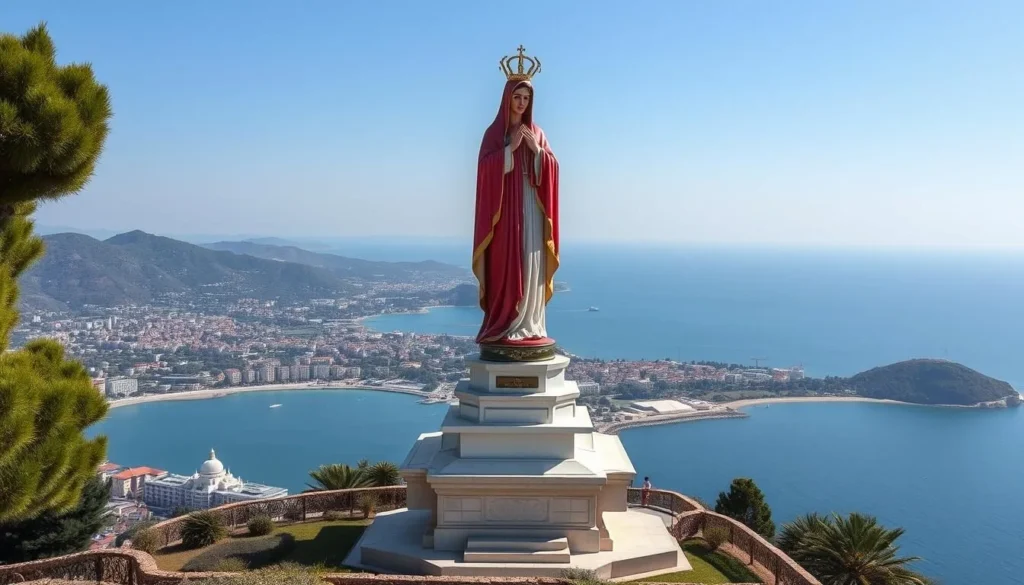
Perched on a mountain overlooking Jounieh Bay, Our Lady of Lebanon is a breathtaking sight. This iconic 15-ton bronze statue, painted white and standing 8.5 meters tall on a 20-meter base, is not just a significant Christian symbol but also a representation of Lebanon’s religious harmony.
The Iconic Statue and Its Significance
Our Lady of Lebanon, also known as Notre Dame du Liban, is a powerful symbol of peace and unity. Although it’s a Christian icon, the Virgin Mary is revered by Muslims and Druze as well, making it a pilgrimage site for people of various faiths. Visitors can explore the basilica beneath the statue and the surrounding sanctuary, which features beautiful gardens and religious monuments.
Panoramic Views from Harissa
The journey to Harissa is part of the experience. You can take the scenic Téléférique (cable car) ride from Jounieh, enjoying breathtaking views of the bay during the 9-minute journey. Once at the top, the panoramic views are simply stunning, stretching across Jounieh Bay, the Mediterranean coastline, and the mountains beyond. Plan your trip as a half-day excursion from Beirut, and time your visit for early morning or sunset for the most spectacular views.
Whether you’re interested in the religious significance or simply want to enjoy the views, Our Lady of Lebanon is a must-visit destination. It’s a place where you can experience the harmony and beauty that Lebanon has to offer.
Planning Your Perfect Lebanon Itinerary
To make the most of your visit to Lebanon, it’s essential to plan your trip carefully, considering the best times to visit and how to get around. Lebanon offers a diverse range of experiences, from historical sites to modern cities and beautiful landscapes.
Best Time to Visit Lebanon
The best time to visit Lebanon is during the spring (April-June) and fall (September-November), when the weather is mild and ideal for exploring. Summer is perfect for enjoying the beaches, although it can be hot in inland areas.
Getting Around Lebanon
Getting around Lebanon can be challenging without a tour or group, but there are various transportation options available, including buses, shared taxis (servis), Uber, and rental cars. Researching these options in advance is recommended.
Safety Tips for Travelers
When visiting Lebanon, it’s crucial to stay informed about local conditions and follow safety advisories. Understanding cultural norms and being aware of your surroundings can also enhance your safety.
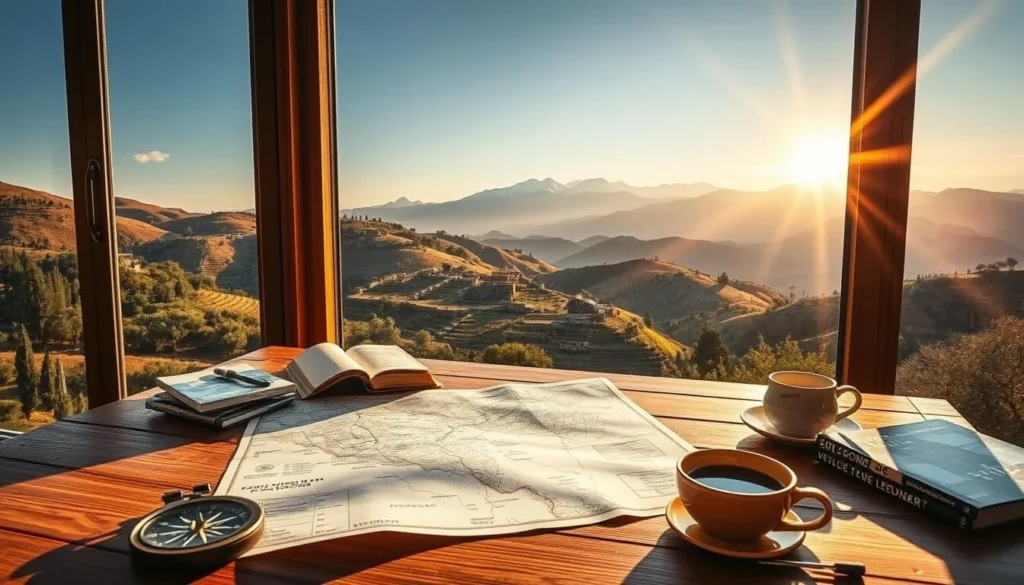
Conclusion
As you explore Lebanon, you’ll discover a country that seamlessly blends ancient history with modern culture. The Lebanese people’s warmth and hospitality make visitors feel at home. From the ancient ruins to the vibrant cities, Lebanon offers a unique and enriching experience.
Lebanon is a country that will captivate your senses and leave a lasting impression. With its rich history, vibrant culture, and stunning landscapes, Lebanon has something to offer everyone. Whether you’re interested in history, culture, or simply enjoying the beauty of nature, Lebanon is a destination that will leave you with unforgettable memories.
So, come and discover the magic of Lebanon. With its diverse landscapes, rich cultural heritage, and warm people, Lebanon is a must-visit destination for any traveler.
—
The above is subject to change.
Check back often to TRAVEL.COM for the latest travel tips and deals.
